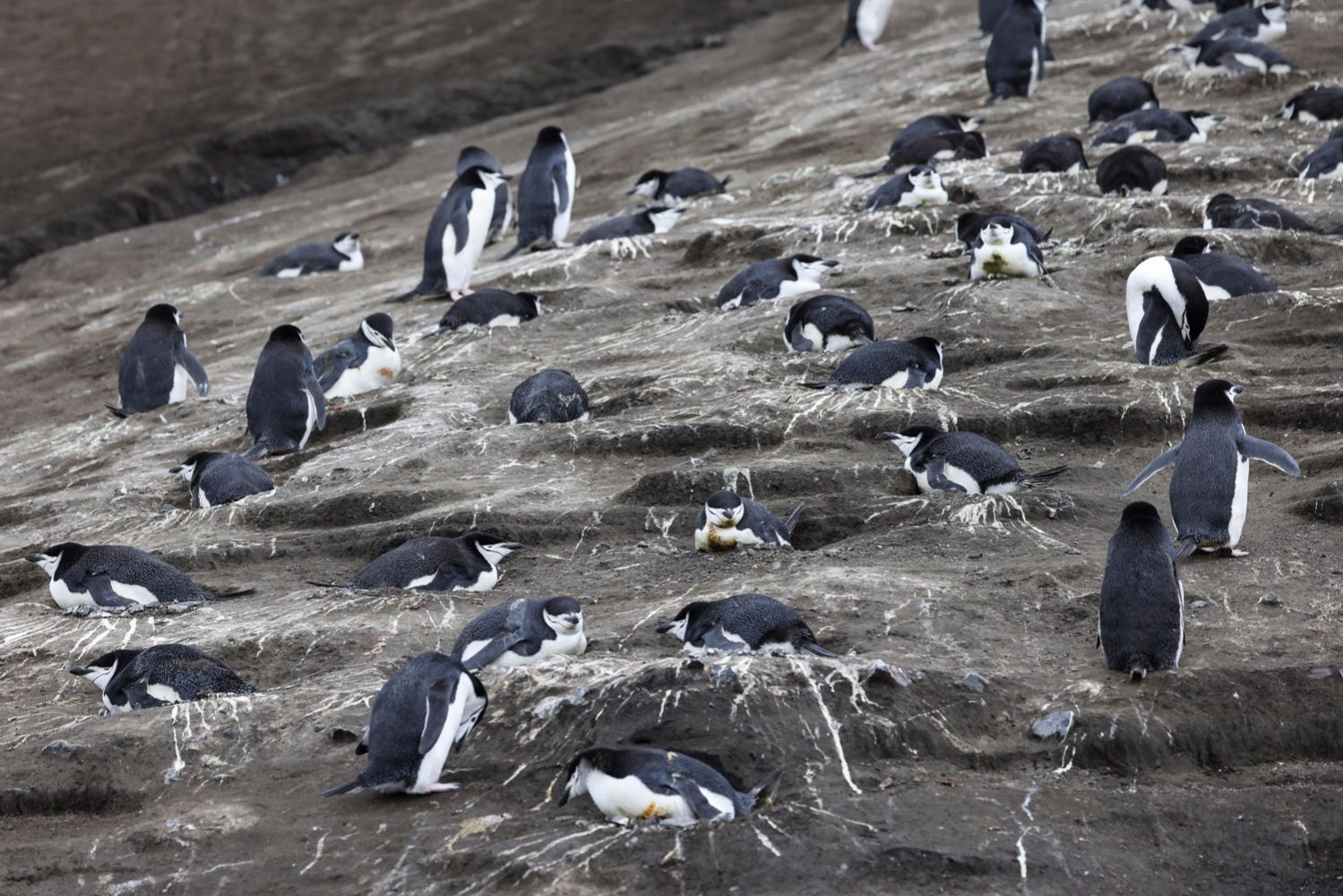
A UK Royal Navy research ship is on a mission in one of the most remote and isolated spots on the planet using camera and sensor-equipped drones to study the effects of climate change on penguin populations of Antarctica’s South Sandwich Islands.
Located over 1,300 miles east of the Falklands, the South Sandwich Islands are home to over three million penguins whose numbers have been fluctuating in recent decades. The current count, and clues into the reasons for declines in past years, is what the Royal Navy’s HMS Protector will be flying drones to establish. The UAVs will overfly the archipelago’s Saunders, South Thule, and Cook islands to take aerial photos and collect other data vital to determining an accurate count of the birds’ population.
The information the HMS Protector records will be shared with Oxford University’s Department of Zoology, and the Washington DC-based scientific and educational organization Oceanites, which has spent nearly three decades compiling a comprehensive estimation of penguin populations in Antarctica. That continent-wide database is used and reinforced by researchers from all signatories of the Antarctic Treaty system to keep track of the species – which tends to act as a bellwether for the way wildlife in general responds to climate change and other shifting environmental factors.
The South Sandwich Islands are so remote and inhospitable that UK vessels only swing through about once each ten years. Up until now, scientists have largely relied on a mix of visual counts, GPS mapping, and interpretation of high-resolution satellite photos to estimate the size of penguin colonies.
This time, Royal Navy researchers will confront the archipelago’s glacier-covered volcanic mountains, freezing waters, rough surf, and gale-force winds to fly their drones over the individual islands. Those missions will bring back clear and comprehensive photographic data to produce an accurate bird census in less time and cost than previous hybrid methods.
“The opportunity to visit any of the South Sandwich Islands to conduct research on penguins – or any other species – is incredibly limited,” said Dr. Mark Belchier, director of fisheries and environment for the government of South Georgia and the South Sandwich Islands – all of which are considered sovereign UK Overseas Territories. “Any additional data that can be collected opportunistically is incredibly valuable in order to determine trends in population sizes for the various species that live there.”
The current calculation ahead of the Royal Navy’s more precise drone survey of the South Sandwich Islands is of 1.3 million breeding pairs of chinstrap penguins – nearly half the world’s total – roughly 95,000 breeding pairs of macaroni penguins, and several thousand partnered gentoo penguins.
Theories about the decline in the birds’ numbers in recent decades first focused on changing eco-system and food balances resulting from rising whales and fur seal populations thanks to hunting bans, as well as industrial over-fishing. More recently, however, evidence has arisen indicating global warming, melting sea ice, and local volcanic eruptions may have been the main drivers of the changes.
By the time the Royal Navy departs before the onset of austral winter in April, its drones will have collected sufficient data to create an accurate baseline of South Sandwich Island penguin populations for scientists to base future studies on.
“Once received, the images will be analyzed for nest counts – all of which will add greatly to our ongoing database of Antarctic penguin populations,” said Ron Naveen, president and founder of Oceanites.
Photo: UK Royal Navy
FTC: We use income earning auto affiliate links. More.



Comments